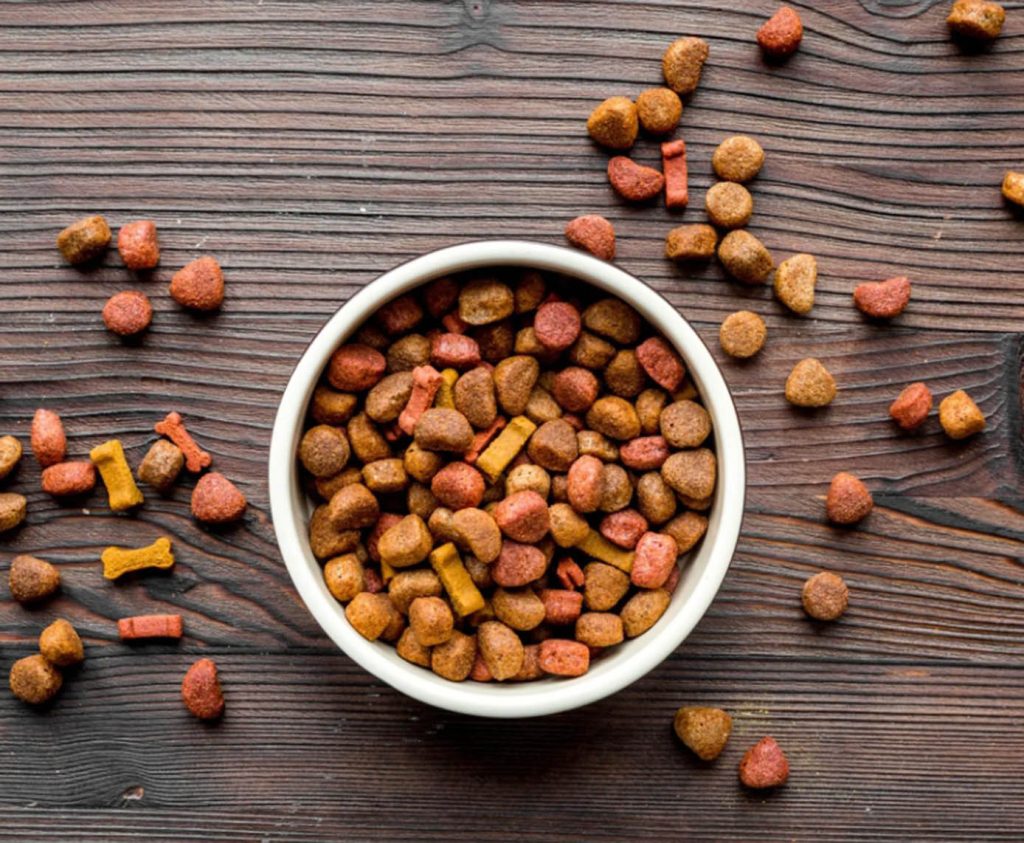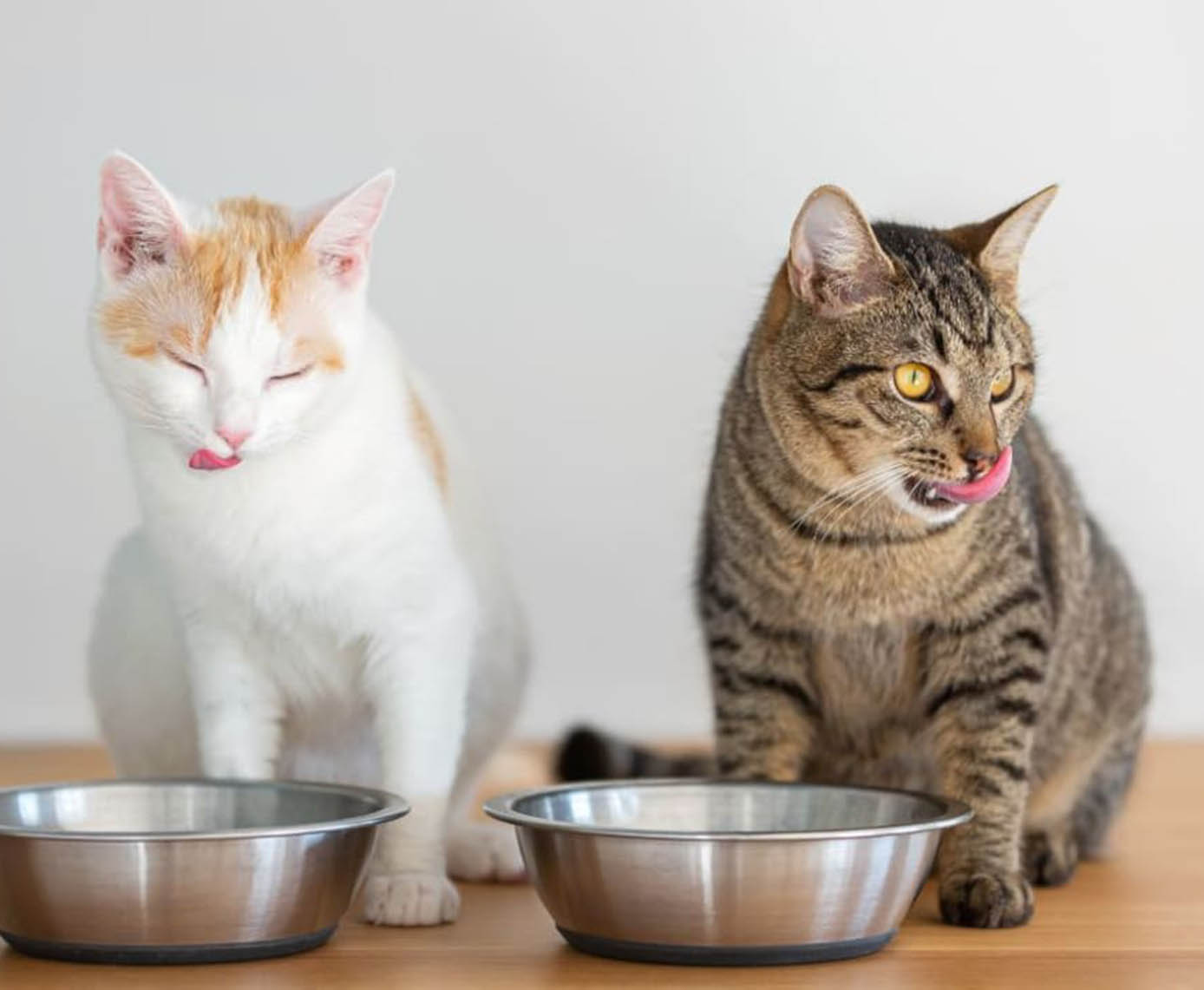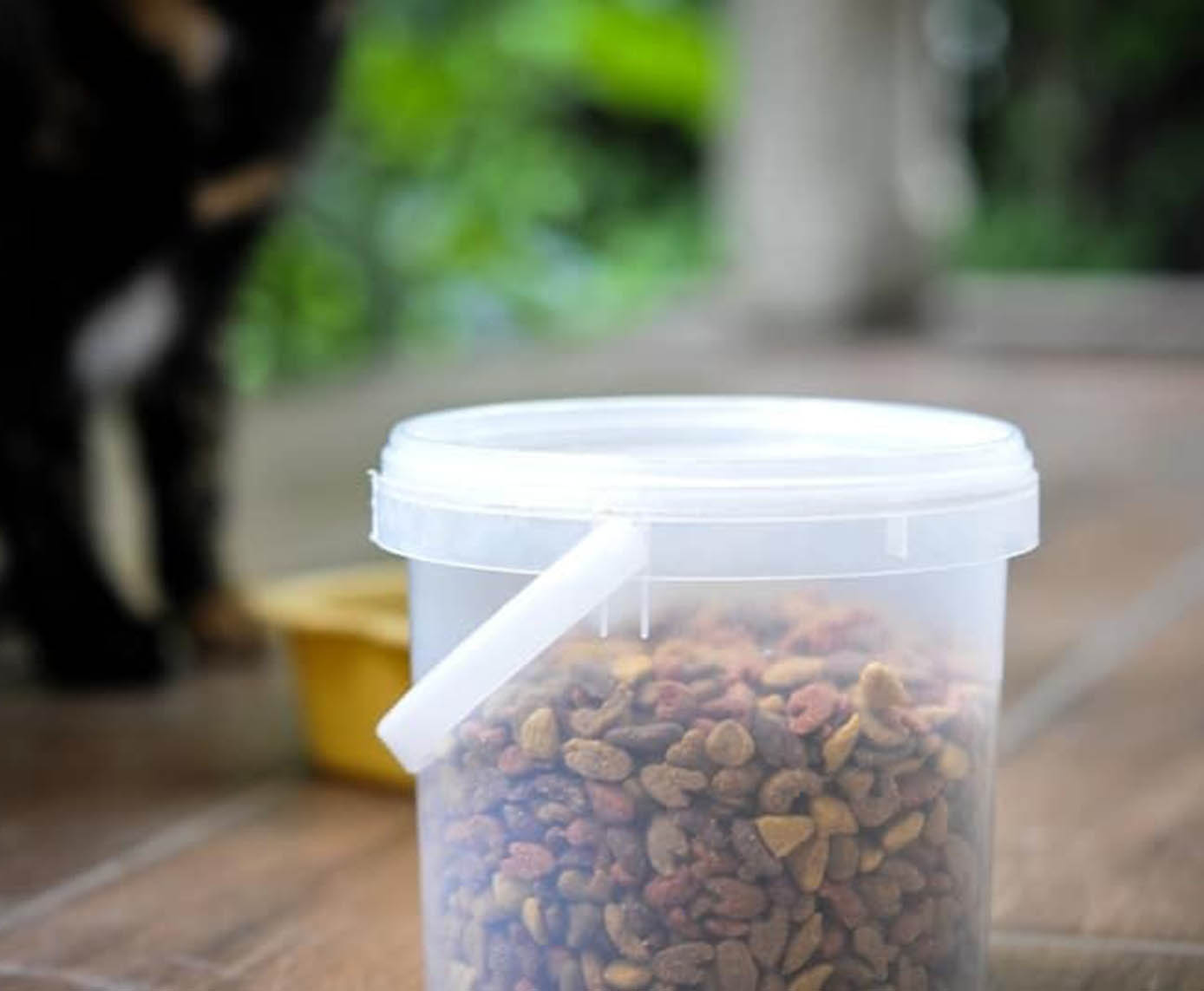I’ve found myself endlessly intrigued by the realm of pet food. From the ever-popular kibble to the charm of homemade treats, the array of choices is both vast and varied. However, navigating this landscape requires a keen understanding and careful consideration.
Unraveling Pet Nutrition: The Core Principles
Before delving into the nuances of pet food, it’s imperative to grasp the foundational principles of pet nutrition. Much like us humans, our furry friends require a balanced diet comprising proteins, carbohydrates, fats, vitamins, and minerals to thrive. These essential nutrients play pivotal roles in bolstering overall health, encompassing everything from muscle development to immune function and energy levels.
The Mosaic of Pet Food: A Multifaceted Selection
Dry Food (Kibble):
Dry food, commonly referred to as kibble, holds a prominent position as one of the most popular options among pet owners. Its widespread popularity stems from its undeniable convenience and affordability, making it a practical choice for pet households across the globe. This type of pet food is characterized by its dry, crunchy texture, which not only appeals to pets but also offers benefits in terms of dental health by helping to reduce plaque and tartar buildup.
The composition of dry food typically includes a blend of meat by-products, grains, and a variety of added vitamins and minerals. However, it’s essential to note that the quality of dry food can vary significantly depending on the brand and specific formulation. As such, discerning pet owners should pay close attention to the ingredients list to ensure they are providing their furry companions with a nutritious diet.
When selecting dry food for your pet, prioritize options that are rich in high-quality proteins derived from animal sources. Protein is an essential nutrient for pets, serving as the building blocks for muscle development, immune function, and overall vitality. Look for ingredients such as real meat or meat meal as the primary protein source, rather than relying solely on plant-based proteins, which may be less biologically available to pets.
In addition to protein content, it’s crucial to consider the presence of fillers and additives in dry food formulations. Fillers such as corn, wheat, and soy are often used to bulk up pet food at a lower cost, but they provide limited nutritional value and may contribute to digestive issues in some pets. Opt for options that contain minimal fillers and prioritize wholesome ingredients that contribute to your pet’s overall health and well-being.
Furthermore, supplementing dry food with vitamins and minerals is common practice to ensure pets receive a well-rounded diet. However, not all supplements are created equal, and the bioavailability of nutrients can vary depending on the source. Look for products that use natural sources of vitamins and minerals whenever possible, as these are often more easily absorbed and utilized by your pet’s body.

Wet Food (Canned):
Wet food, commonly found in canned form, presents a delectable option for pet owners seeking to pamper their furry companions with a meal that not only satisfies their hunger but also quenches their thirst. Unlike dry food, which lacks significant moisture content, wet food boasts a high water content, making it an excellent source of hydration for pets who may not drink enough water throughout the day. This aspect is particularly beneficial for pets prone to urinary tract issues or those living in hot climates where hydration is paramount.
One of the primary attractions of wet food is its palatable texture, which appeals to even the most discerning of eaters. The soft, moist consistency of wet food makes it an ideal choice for pets with dental concerns, such as missing teeth or gum disease, as it requires minimal chewing effort. Additionally, the rich aroma and flavor profiles of wet food can entice picky eaters who may turn their noses up at dry kibble.
However, not all canned pet foods are created equal, and it’s essential to exercise caution when selecting products for your furry friend. While the higher moisture content of wet food is undoubtedly beneficial, it also creates an environment conducive to bacterial growth if not properly preserved. Therefore, it’s imperative to scrutinize ingredient lists to avoid products that are laden with additives or artificial preservatives, which may compromise the quality and safety of the food.
When perusing ingredient lists, look for recognizable, high-quality ingredients that contribute to your pet’s overall health and well-being. Opt for formulations that feature real meat or meat meal as the primary protein source, as well as wholesome fruits, vegetables, and grains to provide essential vitamins, minerals, and fiber. Avoid products that contain excessive fillers, artificial colors, flavors, or preservatives, as these additives offer little nutritional value and may even pose health risks to your pet in the long run.
Raw Food Diet:
Advocates of the raw food diet tout its benefits, which mimic the natural diet of animals in the wild. Consisting of uncooked meats, bones, fruits, and vegetables, proponents assert improvements in digestion and coat health. Yet, consulting a veterinarian is essential to ascertain the diet’s safety and nutritional adequacy.
Homemade Meals:
For those seeking complete control over ingredients and quality, homemade meals offer a gratifying alternative. However, meticulous meal planning is requisite to ensure balanced nutrition. Collaborating with a veterinary nutritionist facilitates crafting bespoke recipes tailored to your pet’s specific requirements.
Essential Considerations in Pet Food Selection:
Deciphering Labels:
Scrutinize pet food labels diligently, prioritizing recognizable, high-quality ingredients while eschewing products teeming with fillers, artificial additives, or preservatives.
Tailoring to Your Pet’s Needs:
Take into account factors such as age, breed, size, activity level, and existing health conditions when selecting pet food. Tailor your choice to meet your pet’s unique dietary requirements, consulting with professionals as needed.

Consulting Veterinarians:
Veterinarians serve as invaluable allies in the quest for optimal pet nutrition. Their expertise facilitates personalized recommendations aligned with your pet’s health status and dietary needs.
Gradual Introductions:
Introduce new foods gradually to prevent digestive disturbances. Gradually incorporating small amounts of the new food while reducing the old over several days eases the transition.
The selection of pet food is a weighty responsibility deserving of meticulous consideration. Armed with a solid understanding of pet nutrition, an exploration of the diverse pet food options available, and a commitment to meeting our pets’ individual needs, we can make informed choices that contribute to their overall well-being. Whether opting for traditional kibble, delectable wet food, or meticulously prepared homemade meals, prioritizing quality ingredients and balanced nutrition is paramount. Together, let’s ensure our beloved companions receive the care, nourishment, and love they deserve.
Let us join hands in championing the health, happiness, and vitality of our cherished furry friends.



